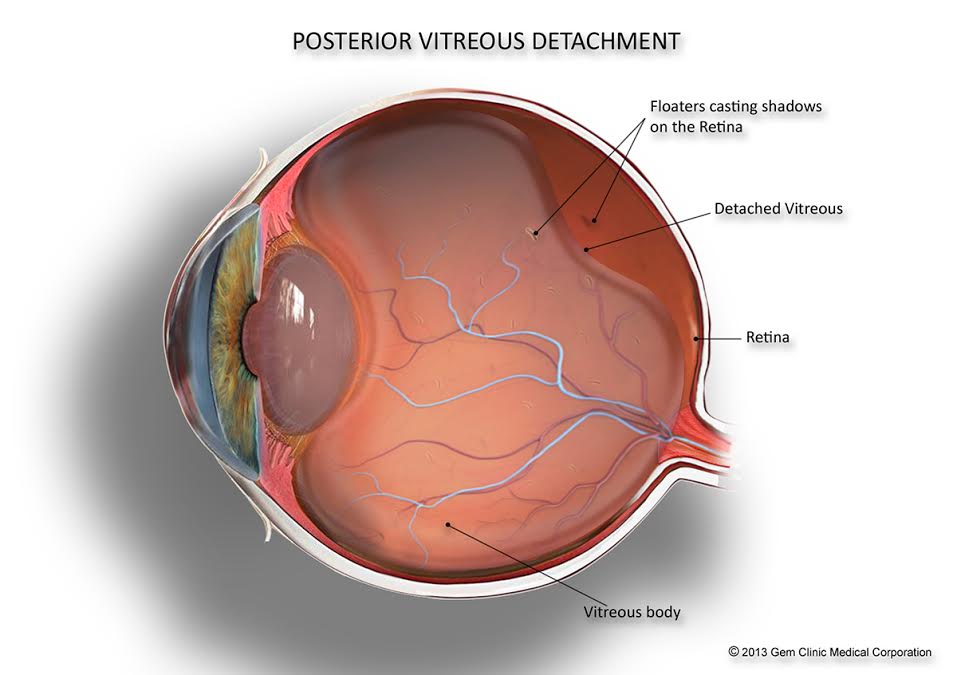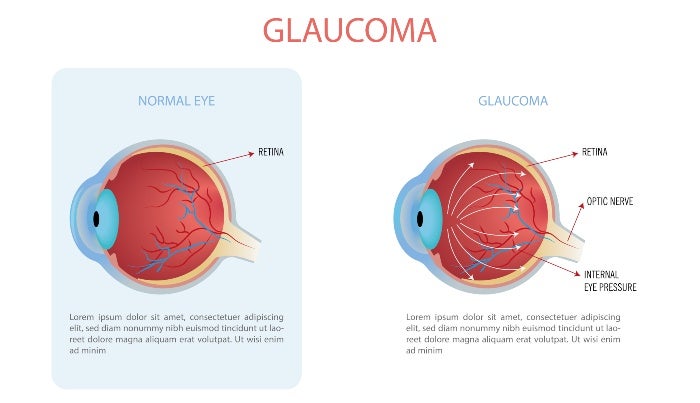Comprehending the Various Vision Adjustment Procedures Available for Clearer View
In the world of vision correction procedures, a wide variety of alternatives exist to resolve refractive errors and give people with clearer view. From the commonly recognized LASIK surgery to less intrusive treatments like PRK and implantable lenses, the area of ophthalmology uses an array of methods tailored to match various demands and preferences. Each treatment comes with its own set of considerations, advantages, and possible dangers. Understanding the nuances of these vision improvement methods is crucial for making educated decisions concerning one's aesthetic health. Let's explore the details of these treatments and lost light on the path to accomplishing enhanced vision quality.
LASIK Surgery
LASIK surgical treatment is a typical refractive procedure used to correct vision troubles such as astigmatism, farsightedness, and nearsightedness - refractive surgeries in al. This surgical strategy, which means Laser-Assisted in Situ Keratomileusis, intends to reshape the cornea to boost exactly how light is concentrated on the retina, ultimately boosting vision clarity. During the procedure, a slim flap is created on the cornea, and a laser is made use of to eliminate accurate quantities of cells to improve it appropriately. This reshaping enables light to be accurately focused onto the retina, correcting refractive errors.
One of the key benefits of LASIK surgical procedure is the quick improvement in vision experienced by clients. Lots of people see a considerable improvement in their sight immediately after the procedure. Additionally, most patients report very little pain and discomfort throughout the surgical procedure and recovery duration. The healing time for LASIK is relatively quick, with many people going back to their daily tasks within a day or 2 post-operation. In general, LASIK surgical procedure is a preferred selection for individuals seeking a long-lasting remedy for their vision issues.
PRK Procedure
While additionally a common refractive treatment, the PRK (Photorefractive Keratectomy) strategy differs from LASIK surgery in its technique to dealing with vision problems. In PRK, rather than creating a flap on the cornea, the outer layer of the cornea, called the epithelium, is totally gotten rid of. This allows the laser to reshape the cornea to correct refractive mistakes such as nearsightedness, astigmatism, and farsightedness straight on the surface.

Regardless of the longer recovery time, PRK can generate exceptional lead to vision enhancement, making it a valuable choice for those who might not appropriate prospects for LASIK surgical procedure.
Implantable Lenses
In comparison to PRK where the cornea is improved directly, implantable lenses supply another technique for dealing with vision by inserting man-made lenses inside the eye. This treatment is especially advantageous for people with high degrees of astigmatism, nearsightedness, or farsightedness that might not appropriate candidates for laser surgical treatments like LASIK or PRK.
Implantable lenses, likewise referred to as phakic intraocular lenses, work by supplementing the eye's all-natural lens with a fabricated one. eyecare near me. These lenses can be put before the all-natural lens (former chamber) or behind the iris and before the natural lens (posterior chamber) By adjusting the power and positioning of these lenses, eye doctors can successfully useful site correct refractive errors and boost visual acuity
One benefit of implantable lenses is that they are exchangeable and detachable, supplying versatility for future changes. As with any kind of surgical procedure, there are dangers involved, such as infection or cataract development. Patients taking into consideration implantable lenses need to speak with an eye care specialist to establish one of the most suitable option based on their specific needs and eye health and wellness.
Corneal Rings
Corneal rings, also called intracorneal ring sections, are small, clear tools placed right into the cornea to deal with vision distortions such as keratoconus. Keratoconus is a problem where the cornea thins and protrudes exterior, causing vision to end up being distorted. The insertion of corneal rings assists to flatten the cornea, enhancing aesthetic skill and reducing the irregular astigmatism brought on by keratoconus.
The procedure for putting corneal rings is minimally invasive and reasonably fast, often executed as an outpatient treatment. Throughout the surgery, his response the ophthalmologist makes a tiny incision in the cornea and inserts the rings at a certain deepness. When in position, the rings help to reshape the cornea, giving a smoother surface area for light to get in the eye, which can lead to clearer vision.
Corneal rings are considered a reversible treatment, as they can be eliminated or replaced if needed. glaucoma service near me. While they may not entirely eliminate the demand for glasses or call lenses, corneal rings can dramatically improve vision high quality and overall aesthetic convenience for people with keratoconus or various other corneal abnormalities
Refractive Lens Exchange
Complying with the modification of corneal abnormalities with procedures like corneal rings, another vision correction technique that can address refractive mistakes is Refractive Lens Exchange (RLE) RLE is a medical treatment that involves replacing the eye's natural lens with a man-made intraocular lens (IOL) to remedy refractive mistakes such as nearsightedness, farsightedness, and presbyopia. This treatment is particularly valuable for people who may not appropriate prospects for treatments like LASIK or PRK as a result of variables such as thin corneas or high refractive mistakes.

Verdict
In final thought, there are different vision improvement treatments readily available to assist people attain clearer view. LASIK surgical treatment, PRK procedure, implantable lenses, corneal rings, and refractive lens exchange are all alternatives that can resolve various vision issues.
In the world of vision modification treatments, a multitude of choices exist to resolve refractive errors and provide people with more clear view.LASIK surgery is a typical refractive treatment utilized to correct vision troubles such as farsightedness, nearsightedness, and astigmatism.While also a common refractive procedure, the PRK (Photorefractive Keratectomy) strategy varies from LASIK surgical treatment in its strategy to fixing vision problems.Adhering to the adjustment of corneal abnormalities with procedures like corneal rings, an additional vision modification technique that can attend to refractive errors is Refractive Lens Exchange (RLE) LASIK surgery, PRK procedure, implantable lenses, corneal rings, and refractive lens exchange are all alternatives that can address various vision problems.